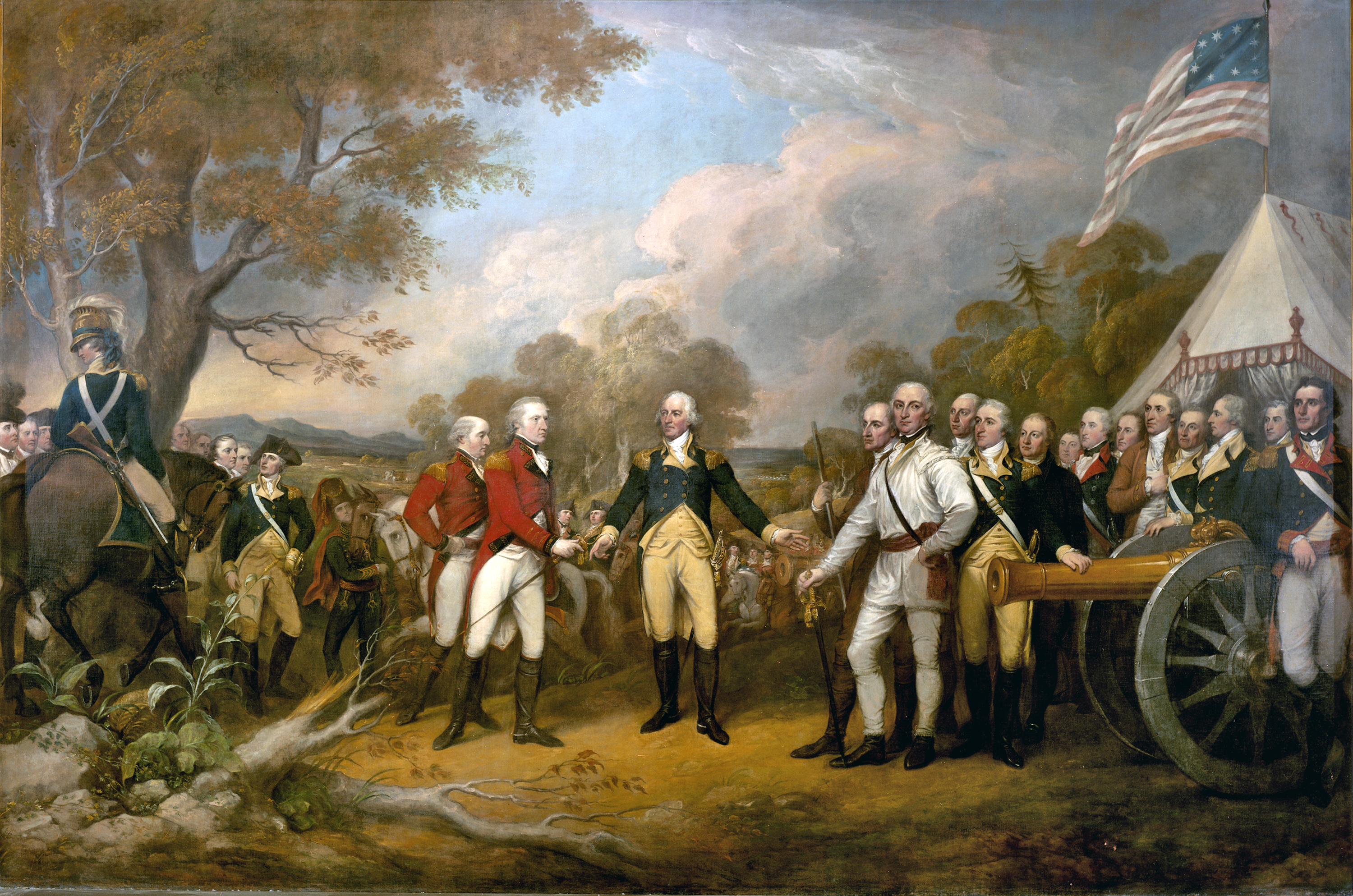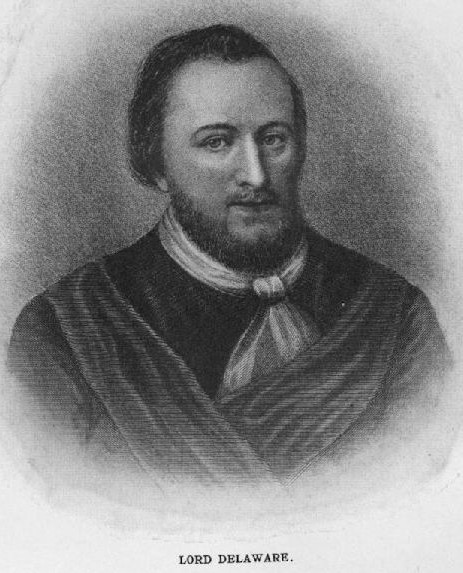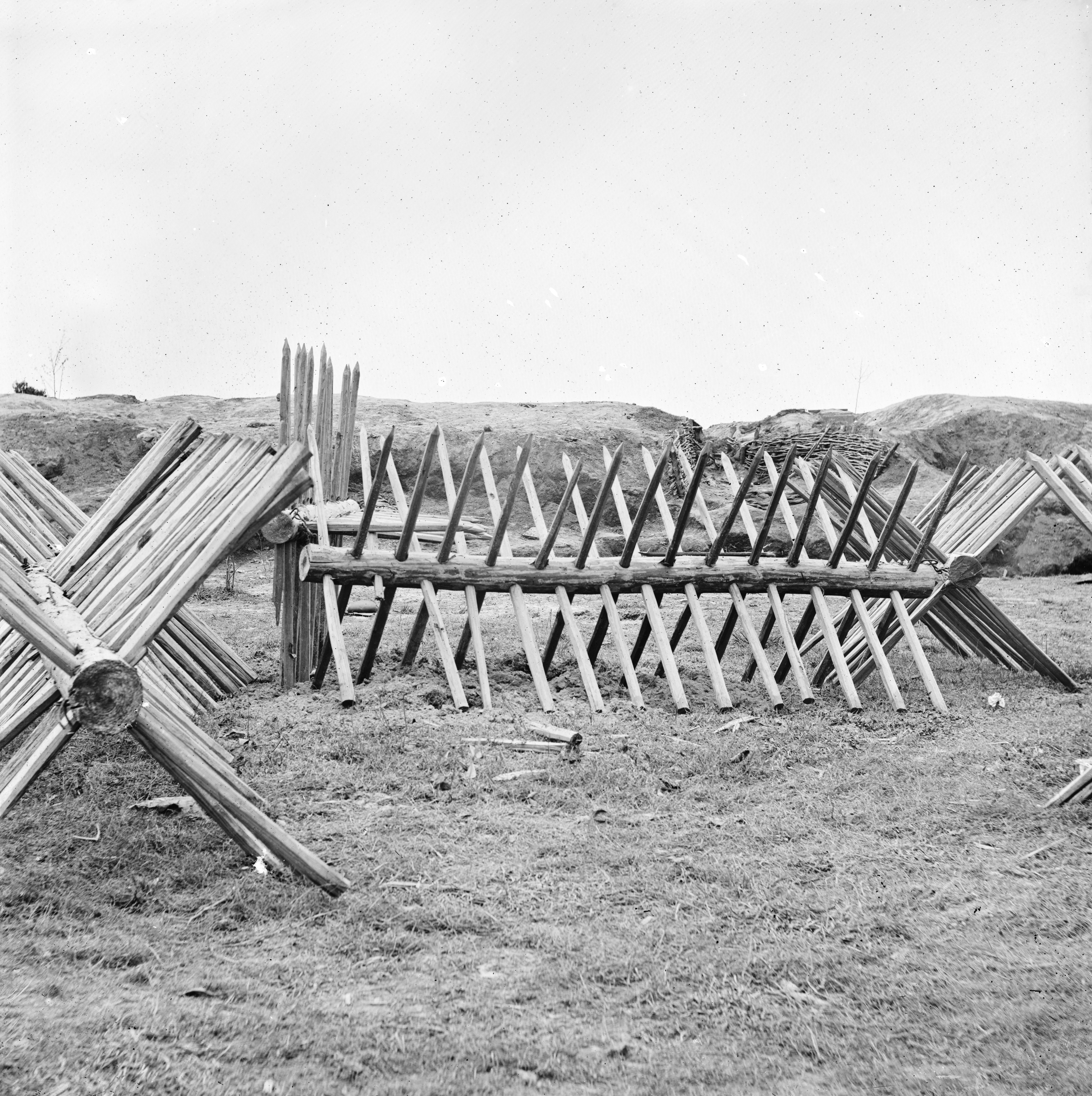|
Robert Smith (architect)
Robert Smith (January 14, 1722 - February 11, 1777) was a Scottish-born American architect who was based in Philadelphia and was the architect for some of the city's most prominent early building structures, including Carpenters' Hall, St. Peter's Episcopal Church, and the steeple on Christ Church. These structures constituted the greater part of Philadelphia's early skyline. Other works by Smith include Nassau Hall at Princeton University and Williamsburg, Virginia's public hospital. He worked exclusively in the Georgian style. Early life Smith was born in Dalkeith Parish, Midlothian, Scotland into a family that included many masons. As a young man, he apprenticed in the building trades. In late 1748, he emigrated from either Scotland or London to America. Career Smith quickly became a member of the Carpenters' Company of Philadelphia, and is considered by many to be the foremost master-builder, or carpenter-architect, of the Colonial era. Smith has been called "America's ... [...More Info...] [...Related Items...] OR: [Wikipedia] [Google] [Baidu] |
Historical Marker
A commemorative plaque, or simply plaque, or in other places referred to as a historical marker, historic marker, or historic plaque, is a plate of metal, ceramic, stone, wood, or other material, bearing text or an image in relief, or both, to commemorate one or more persons, an event, a former use of the place, or some other thing. Most such plaques are attached to a wall, stone, or other vertical surface. Many modern plaques and markers are used to associate the location where the plaque or marker is installed with the person, event, or item commemorated as a place worthy of visit. A monumental plaque or tablet commemorating a deceased person or persons, can be a simple form of church monument. Most modern plaques affixed in this way are commemorative of something, but not all. There are also purely religious plaques, and some signify ownership or affiliation of some sort. A plaquette is a small plaque, but in English, unlike many European languages, the term is not t ... [...More Info...] [...Related Items...] OR: [Wikipedia] [Google] [Baidu] |
American Philosophical Society
The American Philosophical Society (APS) is an American scholarly organization and learned society founded in 1743 in Philadelphia that promotes knowledge in the humanities and natural sciences through research, professional meetings, publications, source text, library resources, and community outreach. It was founded by the polymath Benjamin Franklin and is considered the first learned society founded in what became the United States.Philosophical Hall, the society's headquarters and a museum, is located just east of Independence Hall in Independence National Historical Park. In 1965, in recognition of the building's history, it was designated a National Historic Landmark. The society has about 1,000 elected members. As of April 2020, 5,710 members had been inducted since its creation. Through research grants, published journals, the American Philosophical Society Museum, an extensive library, and regular meetings, the society supports a variety of disciplines in the humanitie ... [...More Info...] [...Related Items...] OR: [Wikipedia] [Google] [Baidu] |
People Of Pennsylvania In The American Revolution
The term "the people" refers to the public or common mass of people of a polity. As such it is a concept of human rights law, international law as well as constitutional law, particularly used for claims of popular sovereignty. In contrast, a people is any plurality of persons considered as a whole. Used in politics and law, the term "a people" refers to the collective or community of an ethnic group or nation. Concepts Legal Chapter One, Article One of the Charter of the United Nations states that "peoples" have the right to self-determination. Though the mere status as peoples and the right to self-determination, as for example in the case of Indigenous peoples (''peoples'', as in all groups of indigenous people, not merely all indigenous persons as in ''indigenous people''), does not automatically provide for independent sovereignty and therefore secession. Indeed, judge Ivor Jennings identified the inherent problems in the right of "peoples" to self-determination, as ... [...More Info...] [...Related Items...] OR: [Wikipedia] [Google] [Baidu] |
Scottish Emigrants To The Thirteen Colonies
Scottish usually refers to something of, from, or related to Scotland, including: *Scottish Gaelic, a Celtic Goidelic language of the Indo-European language family native to Scotland *Scottish English *Scottish national identity, the Scottish identity and common culture *Scottish people, a nation and ethnic group native to Scotland * Scots language, a West Germanic language spoken in lowland Scotland * Symphony No. 3 (Mendelssohn), a symphony by Felix Mendelssohn known as ''the Scottish'' See also *Scotch (other) *Scotland (other) *Scots (other) *Scottian (other) *Schottische The schottische is a partnered country dance that apparently originated in Bohemia. It was popular in Victorian-era ballrooms as a part of the Bohemian folk-dance craze and left its traces in folk music of countries such as Argentina (Spanish ... * {{disambiguation Language and nationality disambiguation pages ca:Escocès ... [...More Info...] [...Related Items...] OR: [Wikipedia] [Google] [Baidu] |
Architects From Philadelphia
An architect is a person who plans, designs, and oversees the construction of buildings. To practice architecture means to provide services in connection with the design of buildings and the space within the site surrounding the buildings that have human occupancy or use as their principal purpose. Etymologically, the term architect derives from the Latin , which derives from the Greek (''-'', chief + , builder), i.e., chief builder. The professional requirements for architects vary from location to location. An architect's decisions affect public safety, and thus the architect must undergo specialised training consisting of advanced education and a ''practicum'' (or internship) for practical experience to earn a license to practice architecture. Practical, technical, and academic requirements for becoming an architect vary by jurisdiction though the formal study of architecture in academic institutions has played a pivotal role in the development of the profession. Origins T ... [...More Info...] [...Related Items...] OR: [Wikipedia] [Google] [Baidu] |
1777 Deaths
Events January–March * January 2 – American Revolutionary War – Battle of the Assunpink Creek: American general George Washington's army repulses a British attack by Lieutenant General Charles Cornwallis, in a second battle at Trenton, New Jersey. * January 3 – American Revolutionary War – Battle of Princeton: American general George Washington's army defeats British troops. * January 13 – Mission Santa Clara de Asís is founded in what becomes Santa Clara, California. * January 15 – Vermont declares its independence from New York, becoming the Vermont Republic, an independent country, a status it retains until it joins the United States as the 14th state in 1791. * January 21 – The Continental Congress approves a resolution "that an unauthentic copy, with names of the signers of the Declaration of independence, be sent to each of the United States. *February 5 – Under the 1st Constitution of Georgia, 8 counties a ... [...More Info...] [...Related Items...] OR: [Wikipedia] [Google] [Baidu] |
1722 Births
Events January–March * January 27 – Daniel Defoe's novel ''Moll Flanders'' is published anonymously in London. * February 10 – The Battle of Cape Lopez begins off of the coast of West Africa (and present-day Gabon), as the Royal Navy brings an end to the piracy of Bartholomew Roberts, nicknamed "Black Bart". Captained by Chaloner Ogle of the Royal Navy, HMS Swallow (1703), HMS ''Swallow'' fires its cannons as Roberts sails his ship ''Royal Fortune'' toward the oncoming ''Swallow'' in order to gain time by forcing ''Swallow'' to turn around. Standing on the deck, Roberts and two of his crew are killed by the second wave of cannon fire. The remaining 272 pirate crew are captured. * February 16 – Peter the Great, Emperor of All Russia, announces that his heir to the throne will be his 4-year old grandson, Peter II of Russia, Prince Pyotr Alekseivich. * February 21 – Muhammad Shah, Nasir-ud-Din Muḥammad Shah, the Grand Mogul of north Indi ... [...More Info...] [...Related Items...] OR: [Wikipedia] [Google] [Baidu] |
Continental Army
The Continental Army was the army of the United Colonies representing the Thirteen Colonies and later the United States during the American Revolutionary War. It was formed on June 14, 1775, by a resolution passed by the Second Continental Congress, meeting in Philadelphia after the war's outbreak at the Battles of Lexington and Concord on April 19, 1775. Therefore, June 14th is celebrated as the U.S. Army Birthday. The Continental Army was created to coordinate military efforts of the colonies in the war against the British Army during the American Revolutionary War, British, who sought to maintain control over the American colonies. General George Washington was appointed commander-in-chief of the Continental Army and maintained this position throughout the war. The Continental Army was supplemented by local Militia (United States), militias and volunteer troops that were either loyal to individual states or otherwise independent. Most of the Continental Army was disbanded ... [...More Info...] [...Related Items...] OR: [Wikipedia] [Google] [Baidu] |
Delaware River
The Delaware River is a major river in the Mid-Atlantic region of the United States and is the longest free-flowing (undammed) river in the Eastern United States. From the meeting of its branches in Hancock, New York, the river flows for along the borders of New York, Pennsylvania, New Jersey, and Delaware, before emptying into Delaware Bay. The river has been recognized by the National Wildlife Federation as one of the country's Great Waters and has been called the "Lifeblood of the Northeast" by American Rivers. Its watershed drains an area of and provides drinking water for 17 million people, including half of New York City via the Delaware Aqueduct. The Delaware River has two branches that rise in the Catskill Mountains of New York: the West Branch at Mount Jefferson in Jefferson, Schoharie County, and the East Branch at Grand Gorge, Delaware County. The branches merge to form the main Delaware River at Hancock, New York. Flowing south, the river re ... [...More Info...] [...Related Items...] OR: [Wikipedia] [Google] [Baidu] |
Chevaux-de-frise
The cheval de frise (, plural chevaux de frise ; , plural , "Frisian horses") was a defensive obstacle, existing in a number of forms, principally as a static anti-cavalry obstacle but also quickly movable to close breaches. The term was also applied to underwater constructions used to prevent the passage of ships or other vessels on rivers. In the anti-cavalry role the cheval de frise typically comprised a portable frame (sometimes just a simple log) with many projecting spikes. Wire obstacles ultimately made this type of device obsolete. The invention of the cheval de frise is attributed to ancient China. The concept of using a defensive obstacle made of wooden or metal stakes predates its use in Europe. Historical records suggest that similar types of defensive barriers, known as ''teng pai'' or ''mó pai'', were used in China as early as the 4th century BC. These early versions of the cheval de frise were employed to protect cities, forts, and other strategic locations ... [...More Info...] [...Related Items...] OR: [Wikipedia] [Google] [Baidu] |






